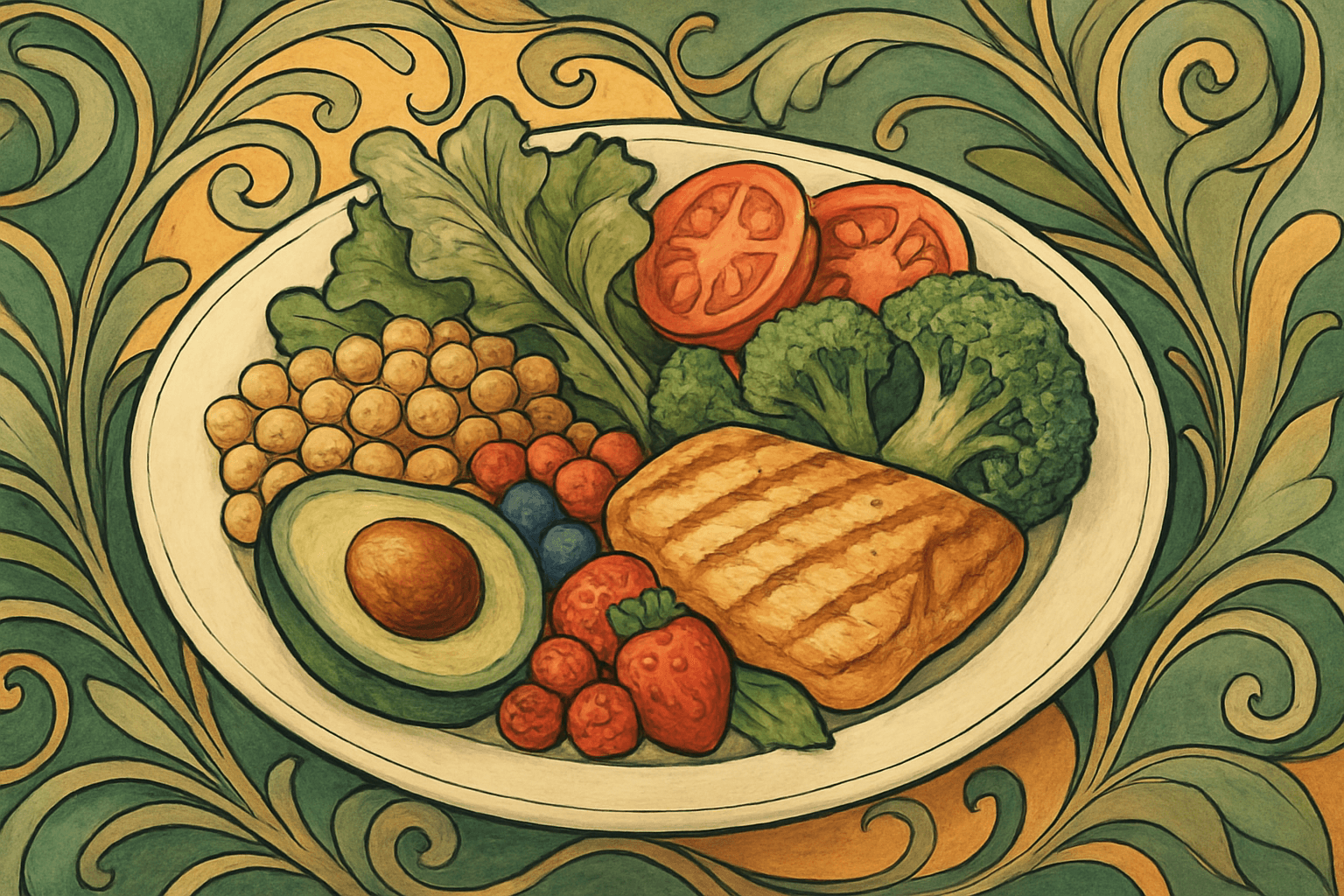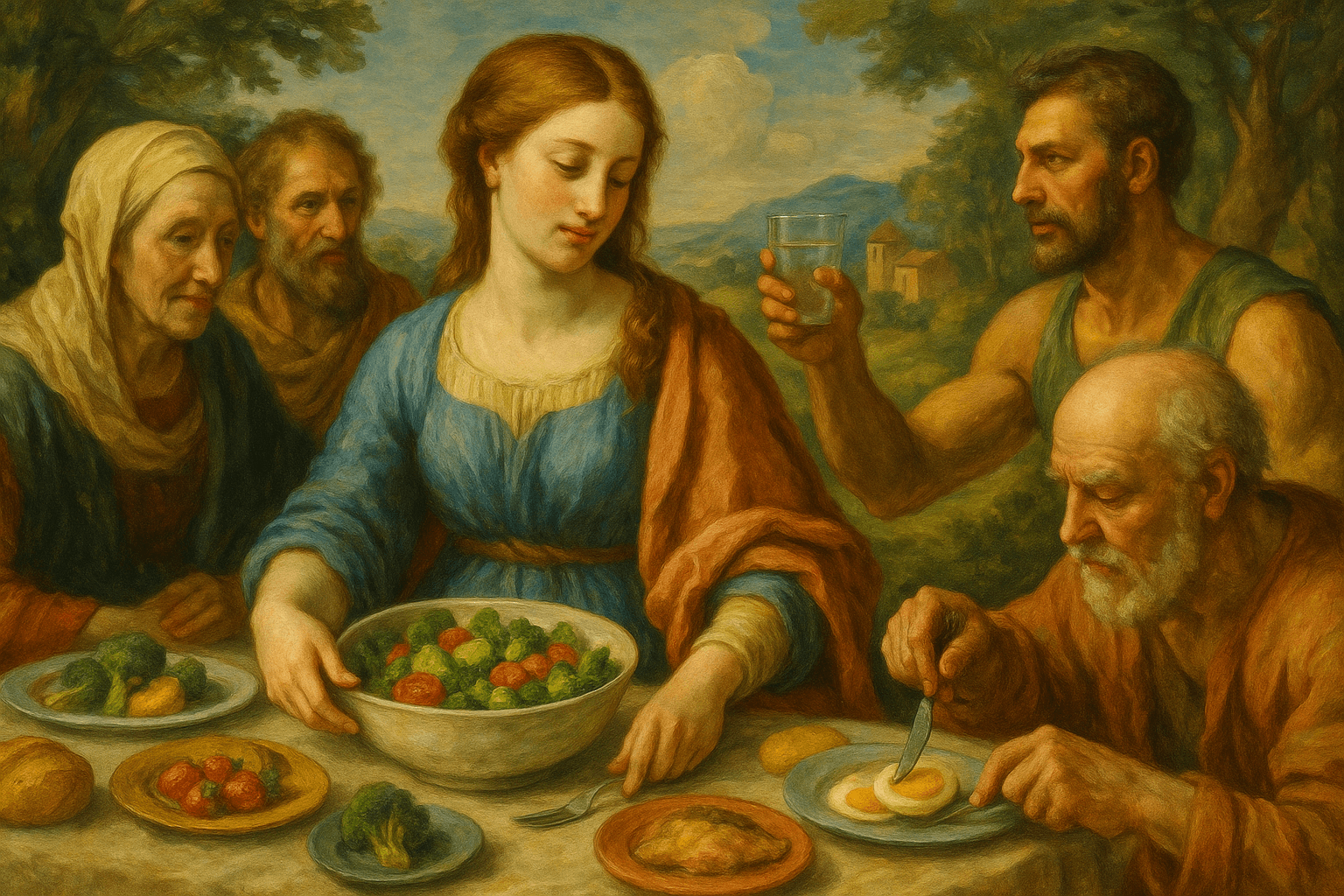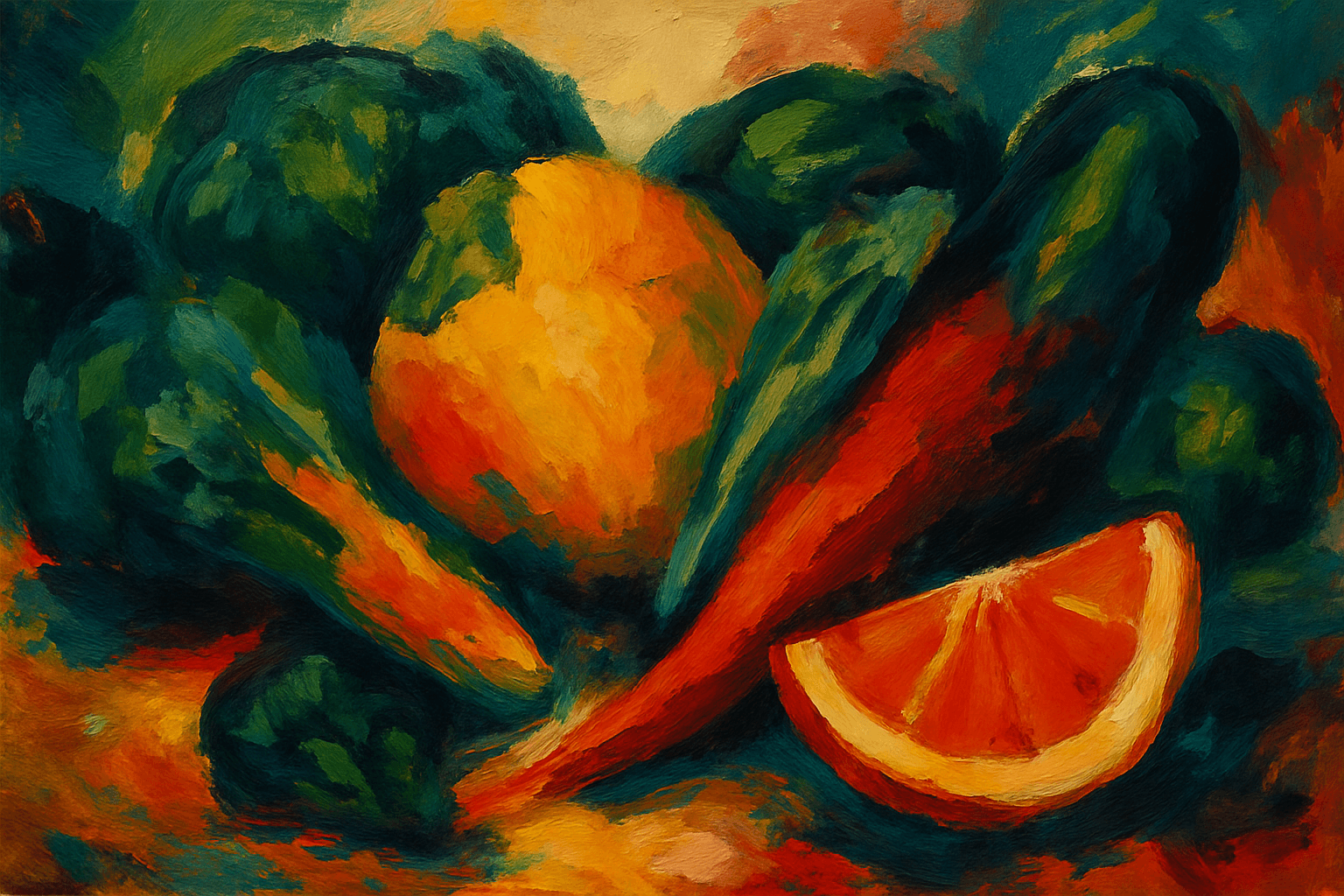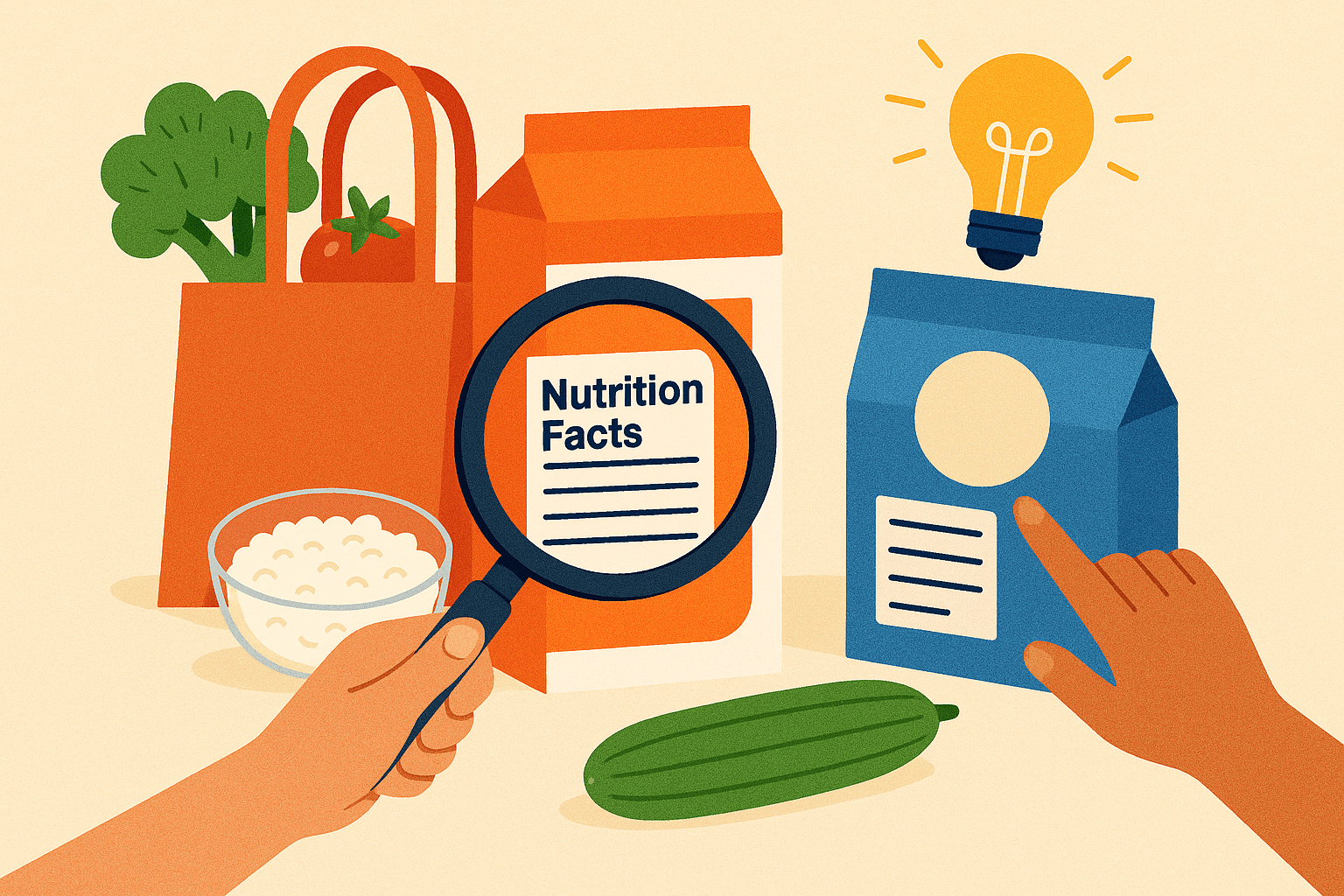The Healthy Eating Blueprint: What Science Says About Building a Plate That Works for Life
Published on June 17, 2025

Let’s leave food fear and fad diets behind. Eating well isn’t about bland meals or restriction — it’s about building a plate that fuels your mind and body sustainably.
Healthy Eating, Reimagined
Forget “clean eating” rules and guilt-trips. Science-backed healthy eating is about:
Supporting long-term health and disease prevention
Balancing blood sugar and metabolism
Providing all essential nutrients
Being sustainable, satisfying, and practical
Mindset shift: If your meals feel punishing or isolating, they’re not working. The best diet is the one that fits into your life — and lasts.
The 5 Foundations of a Healthy Plate
Plants as the base
Half your plate should be veggies, fruits, and legumes — the more colors, the better.
Whole grains instead of refined
Choose oats, quinoa, farro, buckwheat, brown rice.
Lean protein with every meal
Options include eggs, tofu, yogurt, legumes, poultry, fish.
Healthy fats are vital
Think avocado, nuts, olive oil, fatty fish — good for brain, hormones, and satiety.
Less added sugar & ultra-processed foods
Not “never,” just “rarely.” Focus on crowding them out by filling up on whole foods.
Meal Timing & Rhythm: The “Chrono-Diet” Principles
Eat in a 10–12 hour window daily
Start the day with a protein-rich breakfast
Avoid skipping meals — it often leads to overcompensation
Eating regularly = more stable cortisol and energy levels
Pro tip: Treat meals like sleep — keep a routine.
Food + Mood: Your Brain on Nutrition
Nutrients don’t just feed your body — they fuel your mind.
Omega-3s support emotional resilience and memory
B vitamins help regulate mood
Magnesium and zinc reduce anxiety
Fermented foods nourish the gut-brain axis (kefir, yogurt, kimchi, miso)
Mood menu: Eggs, leafy greens, salmon, pumpkin seeds, dark chocolate.
Fiber: The Underrated Hero
Most people get half the fiber they need. Aim for 25–30g/day from:
Vegetables
Fruits
Beans and legumes
Nuts and seeds
Whole grains
Easy fiber add-ons: Chia in yogurt, beans in soup, roasted veggies in any dish.
Micro-goal: Add 5g fiber/day to see benefits fast.
Hydration: The Forgotten Nutrient Dehydration mimics hunger and weakens focus.
Hydration tips:
Start the day with water
Drink 1.5–2.5 liters/day
Match every coffee or tea with water
Use fruit/herb infusions for flavor
Keep a visible water bottle as a prompt
Food Should Fuel You, Not Drain You Tired after meals? That’s not normal.
Fix it by:
Avoiding refined carbs
Adding more protein, fiber, and fat
Checking how you feel an hour after eating
Walking 10 minutes after meals to balance blood sugar
Simple Daily Upgrades
Swap cereal for oats + berries + nut butter
Prep 3 vegetables at a time and store in clear containers
Carry a water bottle you love
Snack smart: pair protein + produce (e.g., apple + almonds)
Cook once, eat twice — plan leftovers
Freeze nutrition: berries, broccoli, edamame on standby
Design your fridge — healthiest items at eye level
Create a “default meal” that’s easy, fast, and always satisfying
Final Thought Healthy eating isn’t about following a rigid plan — it’s a skill you build over time.
New mantra: Eat like you love yourself.
Momentum move: One good meal can shift your whole day.
You’ve got this. One smart plate at a time.








